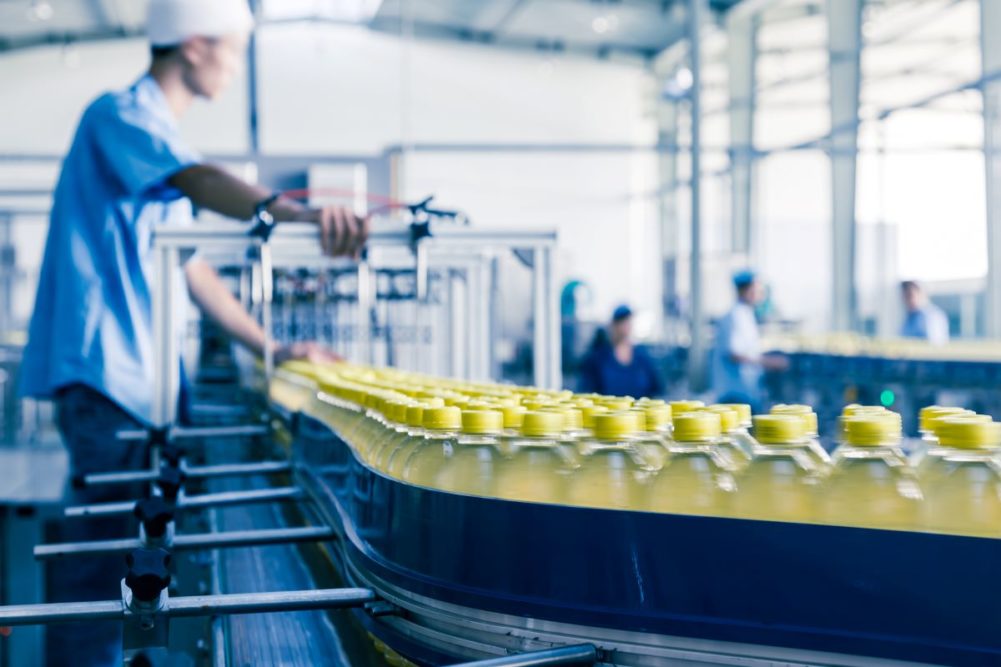KANSAS CITY — When designing a new bakery, digital technology could enable engineers and architects to place processing equipment more effectively in positions that will allow for safe and efficient movement through the facility.
“Virtual reality will also allow the design team to better visualize how the operator will interact with equipment and production flow,” Jon Anderson, president, JRA Occupational Safety Consulting LLC, told Baking & Snack recently. “If virtual reality will allow an equipment design engineer to better visualize the challenges that an operator will have when running production such as adding ingredients and doing product changeovers, then the resulting design will be much more efficient.”
Just as importantly, he said, virtual reality could allow the facility’s design engineer to observe how sanitation workers will interact with equipment during disassembly and cleanup. Identifying and eliminating the challenges that sanitation employees face could improve ergonomics, sanitation and food safety.
In another application of current technology, PepsiCo turned to wearable devices to monitor employees and help correct improper lifting, bending and other ergonomic behaviors in its snack operations. The initial three-month rollout of the devices reduced injuries and lost work time, according to a case study by Kinetic Inc., which supplies the wearables. The belt-mounted devices alert users with a light vibration when they improperly bend at the waist to pick up a box instead of squatting or twist to move a package from pallet to conveyor belt instead of turning to face the package, pivoting and putting the package down.
New applications of technology not only make bakeries and snack operations more efficient, but also create a better, safer place to work.





